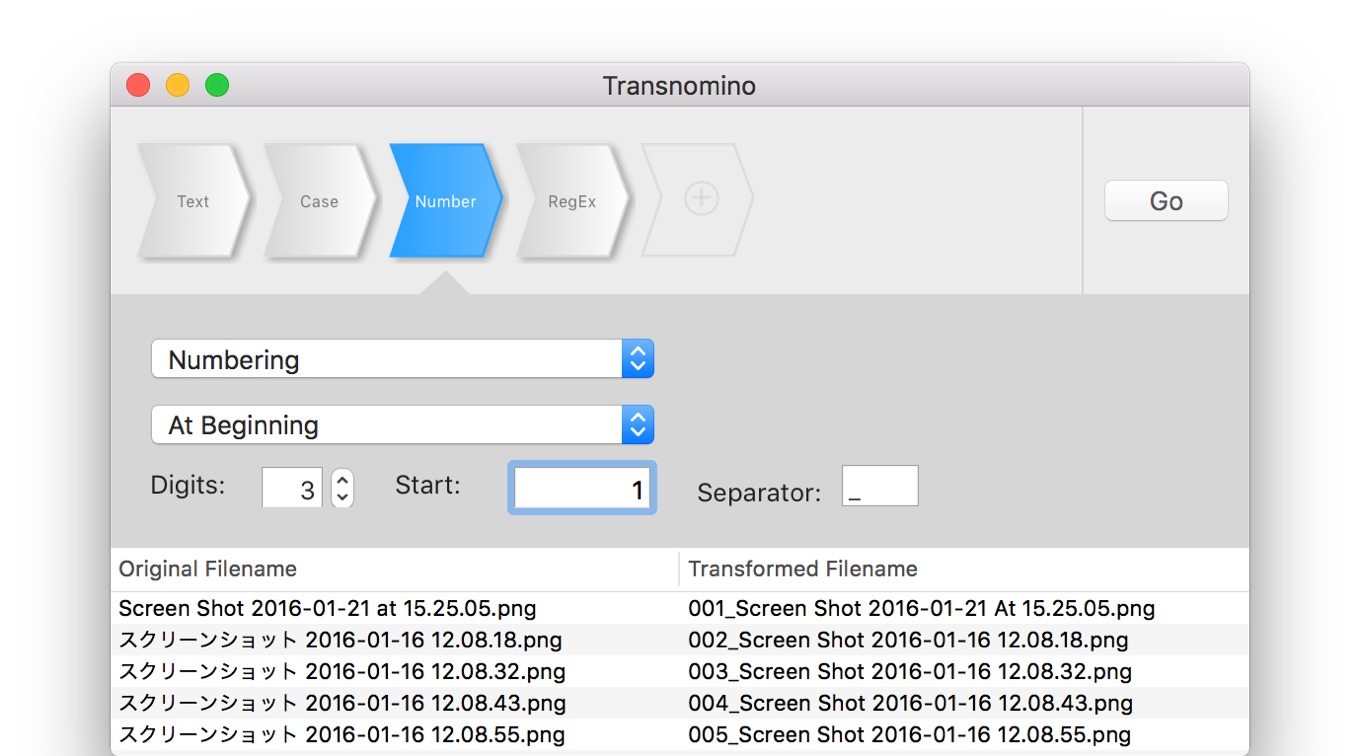

People who don’t really buy into software documentation might have fair reasons not to do so. On the contrary, you might say it’s even kind of obvious. In such a scenario, automated documentation is definitely not the one odd out.

Instead, teams and companies as a whole design and execute comprehensive approaches that make use of automation at all stages in the software development cycle. Nowadays automation isn’t only used in isolation, to help individual contributors perform specific and distinct tasks more efficiently. Sure developers have been automating facets of their jobs since the dawn of software, but only recently have we as a field started to employ automation to its fullest potential.

So I think it’s ironic, and even a little bit sad, that our field has?until recently?failed to employ automation in order to solve our own problems more efficiently. I think it’s fair to say that the whole purpose of our field is to employ automation in order to enable businesses and other organizations to solve their problems more efficiently. And I say that not only because I like to use French expressions in hopes of sounding intelligent, but also because it’s true. I like to say that automation is the raison d’?tre of software engineering. Automators Don’t Use Automation as Often as They Should Keep reading to learn about the benefits of automation applied to documentation. Now it’s time to take things one step further. We’ve started this post by covering the need for software documentation, showing how many software teams commonly neglect this area and the benefits they leave on the table by doing so. Automated Documentation: What Does That Mean? Documentation would be a complete waste of time if the thing it’s documenting doesn’t work.īut what if you do have working software? In that case, comprehensive, accurate, and up-to-date documentation is one of the key elements that will help you keep it that way. Yes, the Agile Manifesto’s authors do value working software more than documentation. Working software, accompanied by a comprehensive suite of unit tests (they argue) should be all the documentation you need. There are people who think that worrying about documentation betrays the agile principles somehow. Software documentation doesn’t have a good reputation among certain software circles nowadays. Software Documentation in a Post-Agile World After that, we’ll define automated documentation and talk about the benefits it provides.įinally, we’ll get to the tools, where we’ll briefly cover three tools that can help you and your team with your automated documentation strategy, sharing some final tips after that. We’ll start by examining the growing trend of using automation to improve the software development process itself, showing how automation has become a must for companies struggling to remain competitive. Then we’ll proceed to cover automated documentation. The post will show that yes, documentation is important and valuable even today. We’ll start out by exploring the role documentation plays in the modern software development world, which has, by and large, embraced agile methodologies. And if that’s the case, you’ve come to the right place. But what about “automated documentation?” Do you know what this means? Are you putting this technique to work for you? Most likely you’re not. If you’re a software developer, then I’d bet you use some kind of automated testing.


 0 kommentar(er)
0 kommentar(er)
